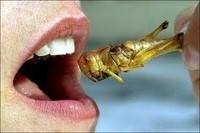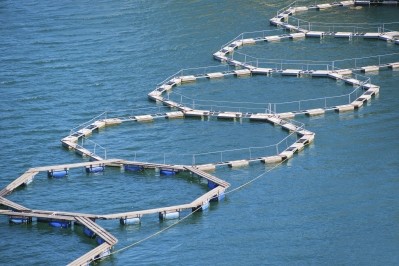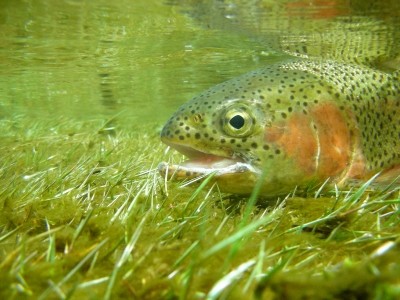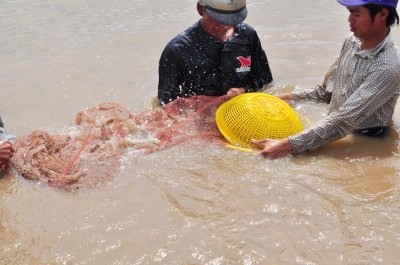Insects billed as feed of the future

Food security concerns have highlighted a need to find more sustainable sources of protein for use in animal feed. Insects are increasingly being recognised as a potential substitute.
Many insect species are highly nutritious and their production has less environmental impact compared with traditional sources of animal feed protein, claims the Food and Agricultural Organisation (FAO).
Turning point
But barriers such as a lack of a regulatory framework, limited risk assessment methods and labour intensive production are holding back industry investment, said Professor Arnold van Huis from Wageningen University in the Netherlands.
He is one of the academic organisers, along with the FAO, of an upcoming conference in Wageningen: Insects to Feed the World (May 17-19).
The event aims to be a “turning point”, said van Huis, in its bid to advance the take-up of insect protein, and set a framework and a roadmap to develop a new food and feed sector.
“It is really the first time all the players in the sector are coming together to explore the use of insects as a feed and food source but there needs to be transparency, open discussion and less secrecy from insect protein producers to drive the field forward,” he told FeedNavigator.com.
A representative from the EU Commission’s DG for Health and Consumers (DG Sanco) will speak at the event and van Huis expects legislators, farmer’s associations, donor agencies, investment firms, universities, aid agencies and the food and feed industry to contribute.
Environmental benefits
On of the major advantages of insects as a protein source is that they can be reared successfully and quickly on a range of organic waste materials, reducing the volume of that waste in the process by up to 60%, said the FAO.
Insects with the largest immediate potential for large-scale feed production are larvae of the black soldier fly, the common housefly and the yellow mealworm – but other insect species are also being looked at for this purpose, said van Huis.
“Researchers are also looking at the immunity boosting aspect of chitin – a principal constituent of the exoskeleton of insects – in feed for poultry, which in turn could reduce the dependency on antibiotics in that livestock sector,” he added.
Lack of regulation
The academic said there is a need to develop voluntary codes and regulatory frameworks governing insects as food and feed at the national and international levels.
The FAO, in an overview of global regulation on insects in food and feed on its website, said the inclusion of recommended edible insect species into the Codex Alimentarius would be a useful step in terms of international standards for the industry.
EU law currently prohibits the inclusion of protein derived from insects in animal feed. An exception to that ruling is feed intended for fish or shellfish, which was given the green light for use of protein from regulators back in June 2013.
But the procedures in relation to processing in slaughterhouses under EC Regulation 56/2013 are not applicable to insects, and at this stage it is unsure what kind of specification on killing methods will exist for them, said van Huis.
He explained: “Companies are holding off on scaling up production in this area while waiting for more legislative clarity on the slaughter side in relation to insects."
Scale of production
There are a few producers in the US, Canada and South Africa that are rearing large quantities of flies for aquaculture, and there are some initiatives in Europe but these are on a pilot scale and targeted at the research sector, said van Huis.
At present, he said, the scale of current production cannot compete with conventional feed and food sources and so there needs to be increased innovation in mechanization, automation, processing and logistics to bring production costs to a level comparable with other feed and food sources.
EU pig and poultry use
Elaine Fitches, who is coordinator of an EU-funded research project on insects as a feed source - PROteINSECT - is optimistic that insect protein will also be permitted in pig and poultry feed in the EU in the near future.
“I would hope given the amount of research that is projected to be done over the next two years there would be a baseline of safety information and evidence of efficacy on insect protein to give EU regulators the platform needed to make an informed decision on its use in pigs and poultry as well as fish,” she told FeedNavigator.com
The research group has launched a public consultation process, with a survey on its website seeking reaction from the public as well as regulators and industry.
“We have found that consumers are actually positive about the use of insect protein in animal feed, particularly when they learn about how sustainable it is compared to soy, for example,” added Fitches.














